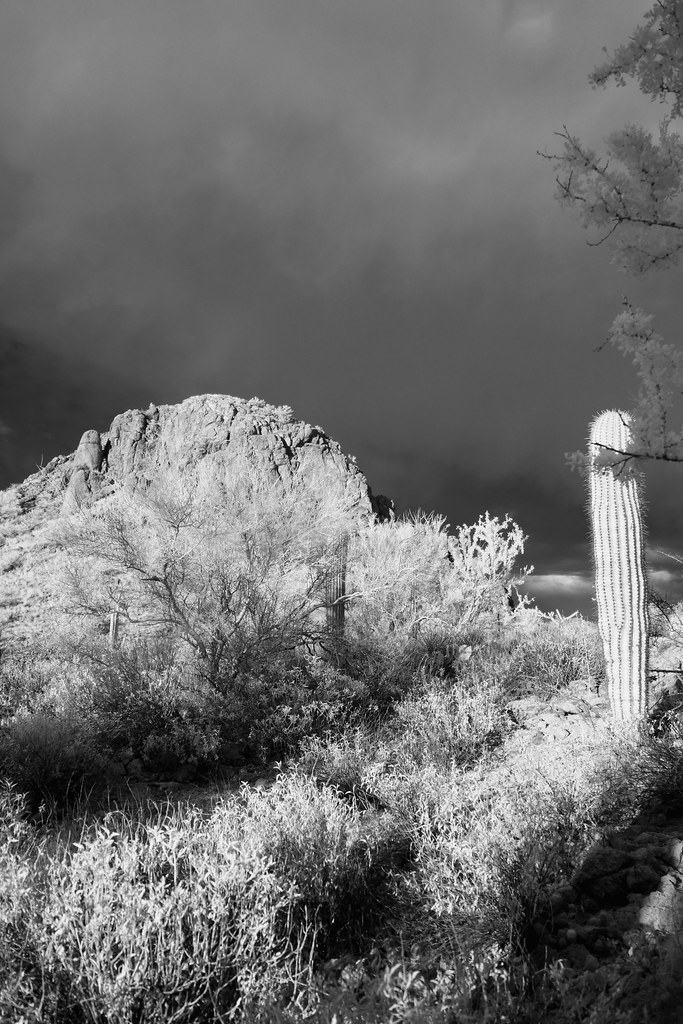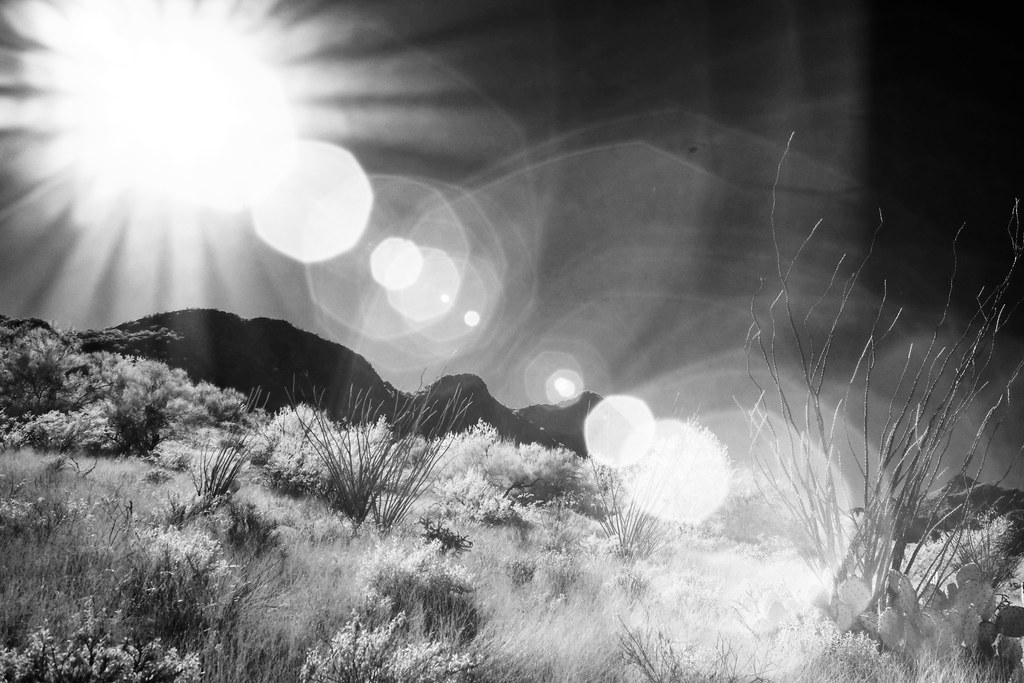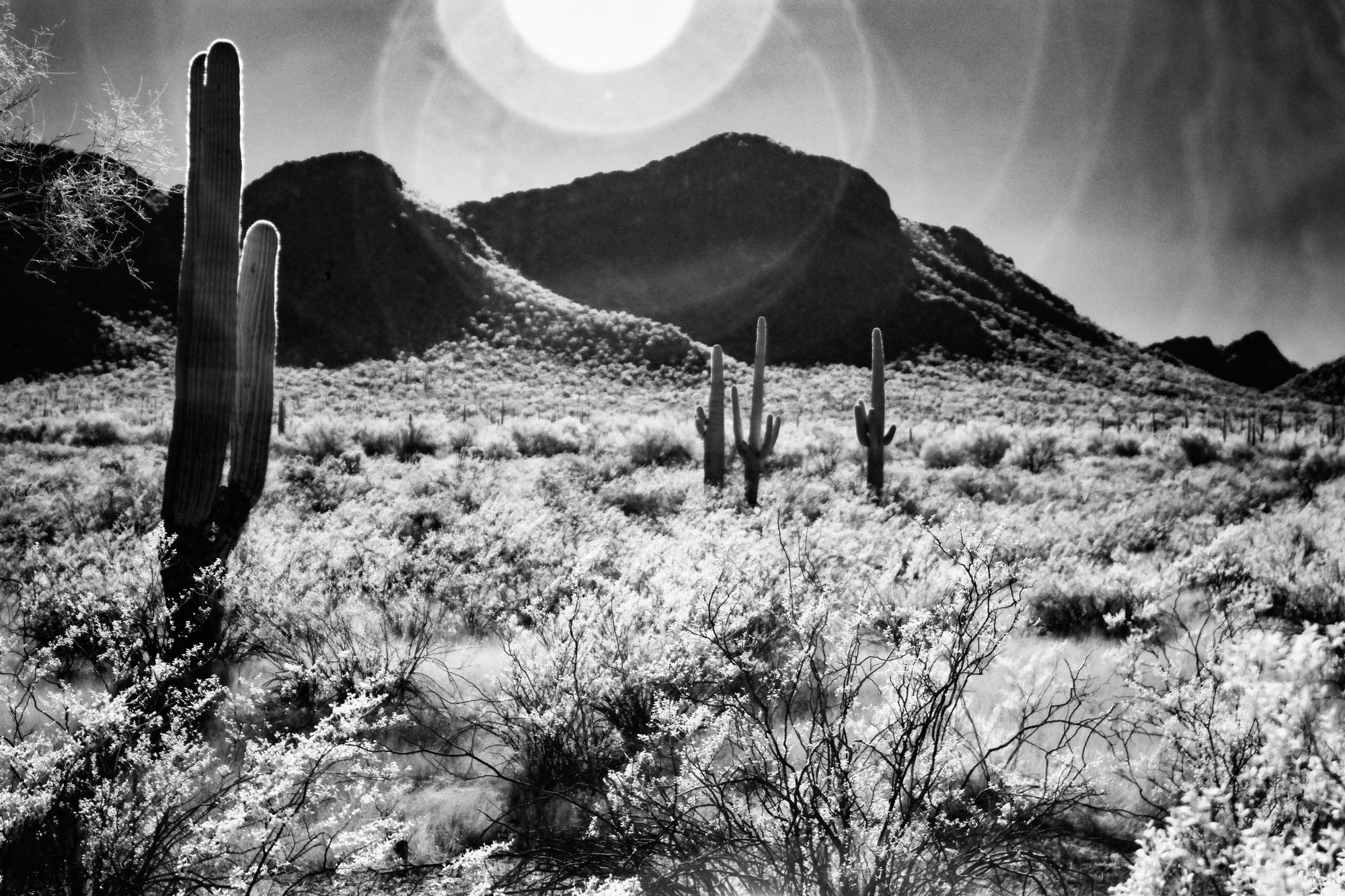Infrared with the Samsung NX
i want a better infrared camera pic.twitter.com/IaeEB3hjRX
— Amy Hoy (@amyhoy) November 9, 2021
December 2, 2021
I want & need a better infrared camera, but I've been torn between getting a better point & shoot converted, getting a Samsung NX or Fuji X Trans body converted, or getting a Ricoh GXR A16 zoom module converted like this one.
— me, Infrared: A dark dream, for cheap
So a lot has happened since I wrote that in December, so let's catch up:
- I randomly saw this video totally OTT video by MarkusPix about the The Most Amazing Pancake Lens I've Ever Used and it got me interested in Samsung's (discontinued) APS-C cameras
- I snagged a Samsung NX300 plus 20-50mm kit lens for ~$125 on eBay
- I convinced my husband, who enjoys tinkering with electronics, to attempt to convert it to full spectrum (bare sensor) for me
But before I tell the story of the conversion, and the results, I thought I'd answer…
Why Samsung NX?
In short:
- I really love my Samsung NX mini
- the NX series is small, lightweight, and inexpensive (ideal for a secondary special-purpose camera)
- they offer full controls via a touch screen but also make it really easy to just point & shoot (which is how I like to shoot IR)
- the lenses feature very good to excellent quality optics — even for the zooms — and are also lightweight, and inexpensive (again: weight a serious consideration)
- the NX series sensors seemed to work very well in infrared based on what scant info I could find
- what few reports there were suggested that all system lenses are infrared hotspot-free
- there are plentiful adapters to the NX system for m39, Leica M, Nikon F, and other lenses
- finally, it would be easy to convert to full spectrum at home…
The conversion
You see, there aren't a lot of cameras you can easily self-convert due to the mechanics of focus and autofocus. Lenses are designed to be a very specific distance from the focus plane, and the focal plane is designed to be covered by a thin piece of glass. The camera's focusing system is also designed for that cut filter to be there. So take away the glass, and the whole equation is thrown off for a millimeter or so.
It's not a lot, but it's more than enough.
But the Samsung NX* sensors are mounted to the motherboard by four little screws that make it easy to raise the sensor up just enough after you remove that glass to keep the focal system all in alignment. (Same for the NX Mini, actually!)

So there's nothing stopping you from a little home infrared alchemy except nerves and gumption.
And, despite an extra serving of cursing and delays, Thomas' conversion went great!
Well, except… one little issue.
The screen died.
It jittered on and off a couple times as Thomas reassembled it, but then seemed fine and worked solidly for a few glorious shots… then suddenly went black, never to turn on again.
The awesome flippy display has a weakness in the cable, apparently. Most of the for parts listings of these cameras are due to dead screens.
The end result is that I now have a 20.3mp digital infrared Brownie, basically:
- It's got no screen.
- I can't control the aperture, ISO, or shutter speed.
- There's no viewfinder.
- But! I can point it and click the button, and it focuses and shoots.
And surprisingly, it works really well!
The results
All photos below have been shot at 850nm infrared.
The filter is one I had already and at 39mm Ø, it doesn't quite fit the 20-50mm lens (I think it's 40.5mm?) so I've just been, you know, holding it on there. Like a pro.
Doesn't seem to hurt, though!

You can check out my album on Flickr.
I guess all those years of shooting with a camera (phone) held out in front of me has helped me learn to shoot from the hip, literally.
The cool thing about this setup, awkward though it is?
It's quite sharp!



There's lots to love about these results! But the #1 thing for me is they look like they might just be regular black & white photos, they're that sharp.
The default for infrared — even digital infrared — is hazy, bloomy, and blurry, especially at the corners.
I like it as an effect but not as a lifestyle. The desert is a sharp place: rocks, cactuses, scrub. I don't want to smear vaseline all over it.
But with infrared, sharpness is a rarity, and you usually gotta spend the big bucks to convert a full-frame DSLR. And I mean a good one, like a D750 on up.
When you research infrared sharpness, the things you'll hear about are:
- conversion quality (the replacement cut filter matters a lot)
- lens quality, in general and IR-specific
- IR filter quality
But I personally believe it's as much a function of the sensor itself as those other things. Infrared sensitivity varies even with cut filters removed, so why wouldn't sharpness?
Infrared lightwaves simply behave differently. Why wouldn't sensors respond differently?
People don't talk about it, but that's what I believe.
I much prefer tack-sharp, blazing black and white.
And Samsung NX300 + 20-50mm kit lens + a little electronic elbow grease is sharp for the cost of a pair of nice (but not amazing) sneakers. A sharp sensor plus sharp optics get the job done.
What's not to love?
The frustration
Well, it's sharp… when it hits focus. Which I can't tell, because there's no screen. And when the aperture is right, which I can't change, because there's no screen. And when the ISO is set low, which I can't control — say it with me — because there's no screen.

Oh, and while this budget kit zoom does not have an infrared hot spot — glory!! — it sure does flare like the end of the world if the sun is in the frame.

Or just out of the frame.


Which I didn't know myself until I got home from a little photo jaunt to Ironwood National Monument, because — you guessed it — there's no screen.
Did you know some lenses can flare only, or mostly, in infrared? I didn't.
Aaaaaaaaaaaaahhhh!!!
Shooting without a screen is actually a pretty enjoyable novelty from time to time but there are limits.
I do like the flare now but I did not like the surprise.
If only I could see what I was shooting, I could, you know, reframe, or use a hood. Or choose flare!
The good news is, the self-converted NX300 only ever meant as a cheap experiment anyway; a camera with a bare sensor is a vulnerable camera, especially in a windy desert. I had always planned to later send it to Kolari to professionally converted (approximate cost: $275 plus shipping two ways). Now, of course, that's out because I'm not gonna pour money into a camera with no screen.
The next step
I really like the NX system's weight, design, and handling; I don't mind buying a set of lenses in a dead system because they're inexpensive and lightweight, easy to carry.
But if I bought another NX300, I'd be spending another $100-150, for a total of $225-275 invested in a 20.8-megapixel body.
I've read those psychology studies. I know paying again to replace the thing I settled for in the first place, because it was cheap, won't be as satisfying as getting what I really wanted, since I have to shell out again either way.
And I've been feeling really confident about the NX system; it's lightweight, easy to handle, fun to use with good optics and it's sharp.
I want a better camera, one I can use to make big prints.
So there was really just one choice: the Samsung NX500. The NX500 is the big brother to the 300, and the last of its line: 28 megapixels, 4K HD video, and very sought after.
They often go for $400-600! Used! Discontinued! 😭 They're that desirable.
The NX500 sensor is still sharp with infrared (at least according to the one post I could find). And 28 megapixels is more than enough for anything I'd want to do.
But I'm way too cheap to pay $400-600 then convert it.
Finally, after months of waiting and hunting, I found an NX500 in the $300s. Perfect condition. Bright white — exactly what I wanted.
The seller was very nice and, when I mentioned I planned to convert it, suggested I try the color output first. And so I have been.
Which is where we both pick up from my last post, and save a story for next time.
Samsung lenses and infrared: research notes
Notes on Samsung lens performance in infrared, quoting or extrapolating from posts:
- 10mm ultrawide: will not focus
- Rokinon 8mm 2.8 fisheye: good (src (review))
- 16mm: unknown
- 20mm: no hot spot but not great resolution (src)
- 30mm: good (src)
- 45mm: unknown
- 12-24mm: unusable in IR, can't focus to infinity, excessive field curvature (src)
- 18-55mm lens: fine without any hotspot (ibid)
- 20-50mm: an excellent IR lens (ibid) and I agree, but note the flare
- 18-200mm: not great, has some issues focusing wider than ~24mm and at the long end (ibid)
- 50-150mm: unknown
- 50-200mm: unknown